Half a kilometer west of the Imam al-Shafi’i Mosque, specifically north of Ain al-Sira, on the road to ancient Egypt, lies the scene of “Al Tabataba”, which could be a unique monument, but unfortunately unknown and not found on the tourist map, despite it being almost the sole trace left of the Ikhshidid state It dates back to the year 945 AD, and it had been established by Prince Muhammad bin Tughj Al-Ikhshid, the founding father of the Ikhshidid state in Egypt, and who assumed power between 935 and 946 AD.
The Tabataba scene may be a mausoleum that has the remains of these whose noble lineage ends to the Messenger of God, Prophet Muhammad, may God’s prayers and peace be upon him, his family and his companions. It dates back to the fourth century AH, the tenth century AD, in a very wonderful embodiment of mausoleums within the Islamic architecture of Egypt.
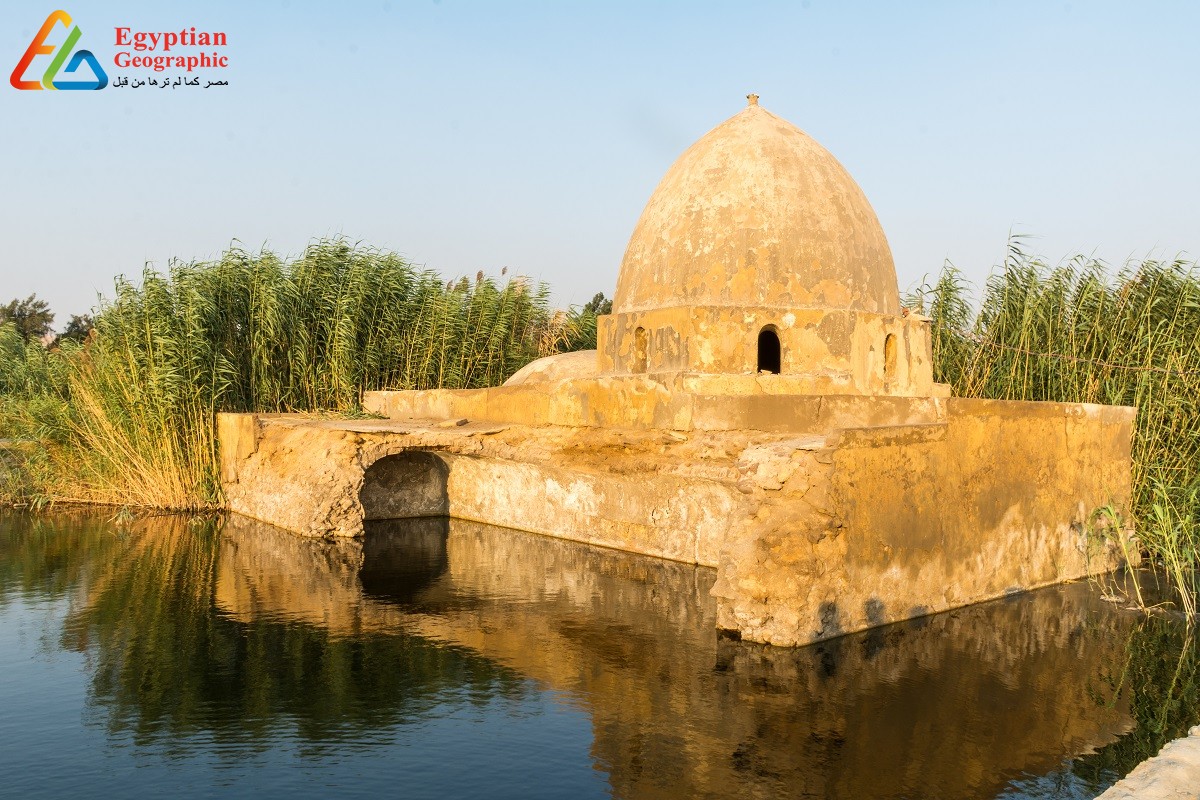
The shrine is attributed to Abu Ishaq Ibrahim Tabataba bin Ismail Al-Dibaj bin Ibrahim Al-Ghamr bin Al-Hassan Al-Muthanna bin Al-Hassan bin Ali bin Abi Talib, may God be pleased with them, the husband of Mrs. Fatima Al-Zahra, may God be pleased along with her, the daughter of the Messenger of God, our master Muhammad, may God bless him and grant him peace, and his mother is Mrs. Mohsen bint Omar al-Ashraf Bin Ali Zain Al Abidin Bin Al Hussein Bin Ali Bin Abi Talib, may God be pleased with them.
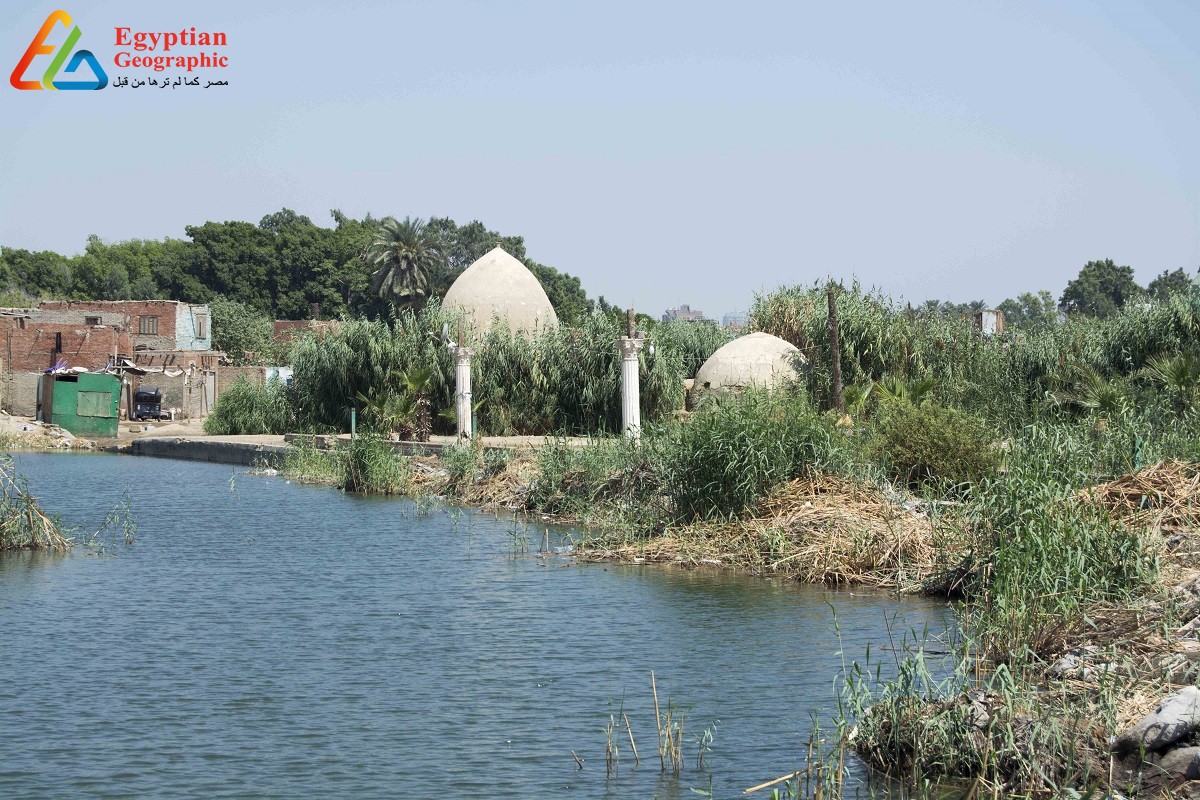
The design of the "Al Tabataba" scene is exclusive, because it follows the fashion of intersecting galleries. The owner made bound to resemble the scene of the seventy-seven crowns within the Aswan governorate, therefore the scene came in an irregular rectangle, 30 meters long and 20 meters wide. The southern end of the building has two domes, the doorway to the scene is found within the northeastern a part of the wall, and to the left of the doorway there's a contemporary building of a square-shaped room containing a well that was fed by water, that room is roofed with a dome, and connected to the space could be a rectangular building consisting of six small rooms, some square and also the other Rectangular, the square ones are covered with intersecting vaults and domes, and also the rectangular ones are covered with vaults.

There are tombs of the Tabataba family inside the six chambers, and that they are connected to the mosque by a door on the western side, and also the mosque attached to the scene is square in shape, its side length is eighteen meters, it absolutely was built of mud bricks, and it's divided into three corridors by two rows of perpendicular pillars, at the corners of every of them four Columns are joined together, and therefore the three aisles are covered with nine domes over each portico.

Abu Ishaq Ibrahim was known by the title “Tabataba” because he wont to pronounce the word “Qāf Tاءa” thanks to the gap in his tongue. They loved it and settled in it, and that they were recommended to remain in it after leaving, and that they were people of asceticism, knowledge and faith, the people of Egypt loved them, and that they were near them in their lives and their deaths, and that they visited their honorable shrines more often, for they were serving the requirements of individuals, and interceding with the rulers to get rid of injustice from the oppressed, and it included Ahmed Ibn Tulun Al Tabataba sponsored him, also as Kafur Al-Ikhshidi, who swore to not request any of them.
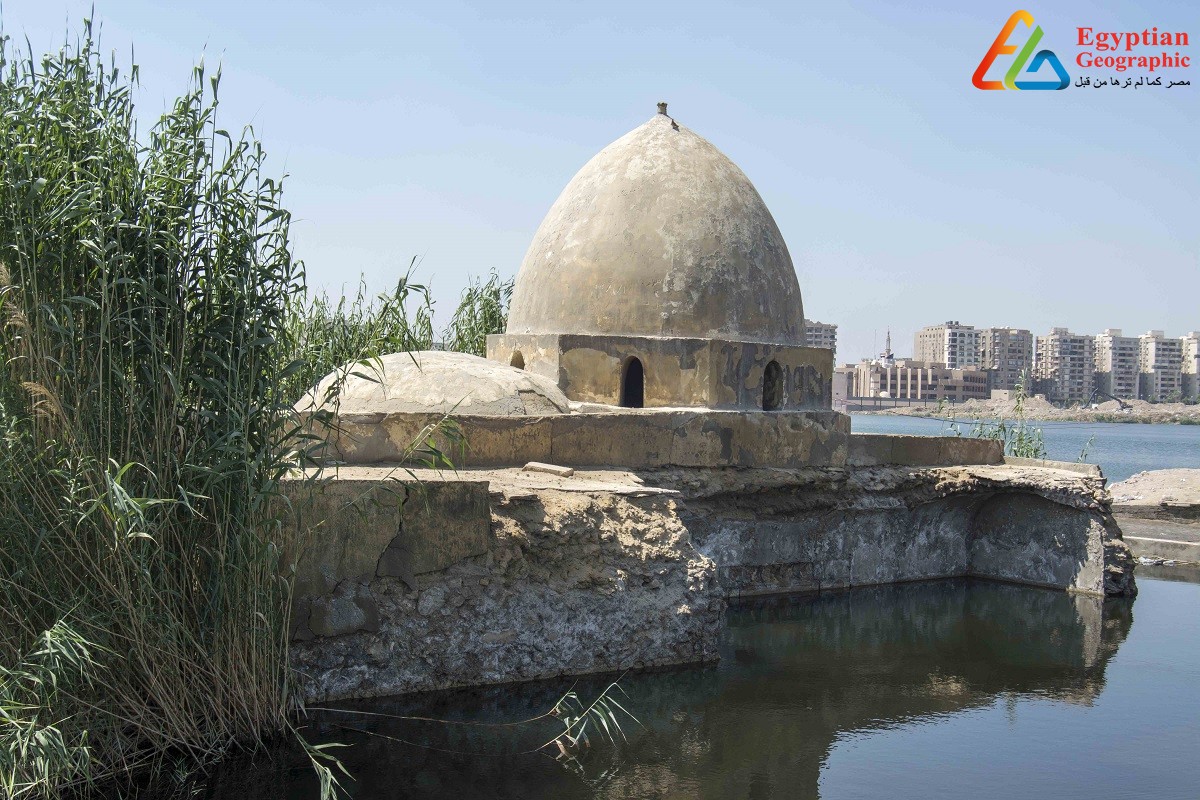
Sharif Ibrahim Tabataba didn't die in Egypt. Rather, those that were buried during this scene are his descendants and his brother’s offspring, and a bunch of the many scholars, righteous and piety from outside the Tabataba family, headed by Sharif Ali bin al-Hassan bin Ibrahim Tabataba, who died in 868 AD, and Imam Ahmad Bin Ali bin Al-Hassan bin Tabataba, who died within the year 325 AH, was one among the poets of his time, Ahmed bin Tabataba, and he had a detailed relationship with Camphor Al-Ikhshidi, and Abdullah was referred to as "His Sovereignty," and he died in 959 AD.
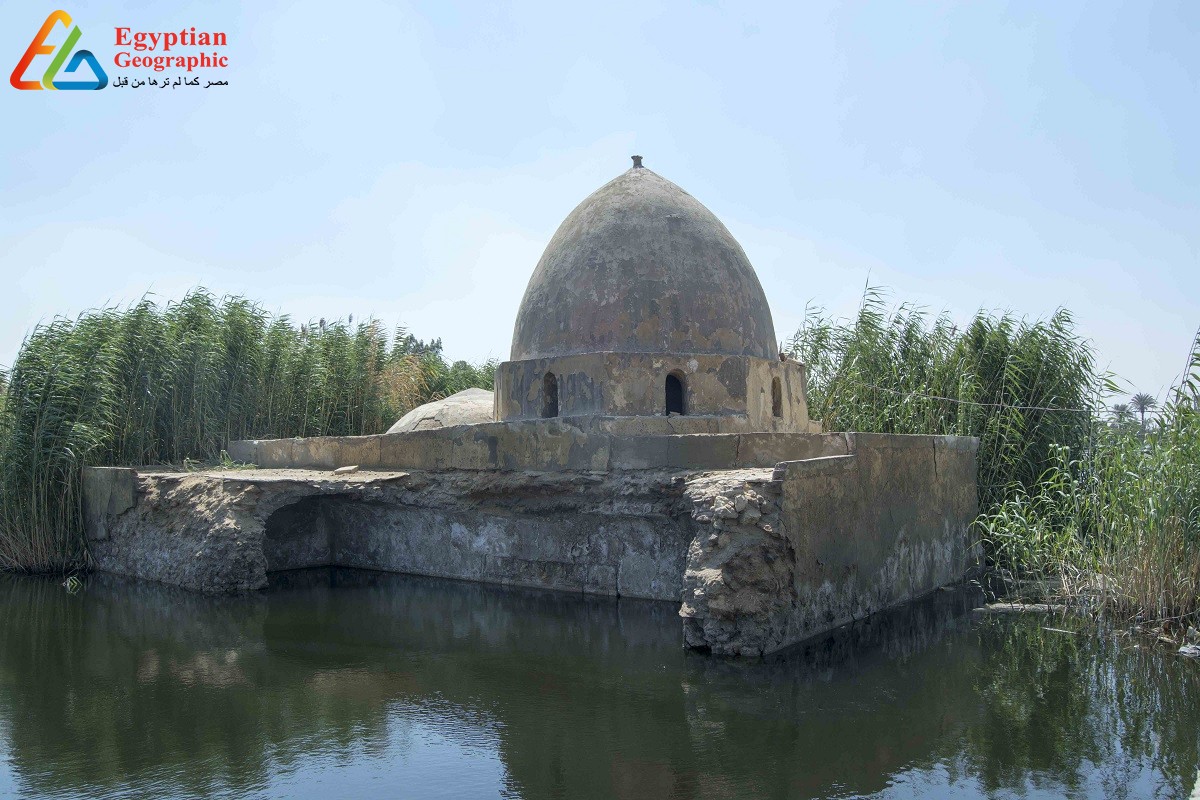
The Tomb of the Tabataba, or the “scene of doctors,” because it is understood to the people of the region, had a well of water that heals the sick, and there's a well-liked story circulating about the shrine that it absolutely was a burial of seven famous doctors who lived within the time of Imam al-Shafi’i, and it's also said that it's the oldest hospital He was enriched in Egypt. Tourists and sheikhs accustomed come to him from everywhere, to line up presentations and nights every Thursday, and other people with skin diseases wont to bathe within the water of the well so as to recover, but now nobody involves him. The ruin has prolonged after the Ministry of Antiquities and Endowments neglected it, so we discover weeds Water surrounds it on all sides, and garbage rose next to that until it almost covered its walls, killing its features, leaving only its two ancient domes.




























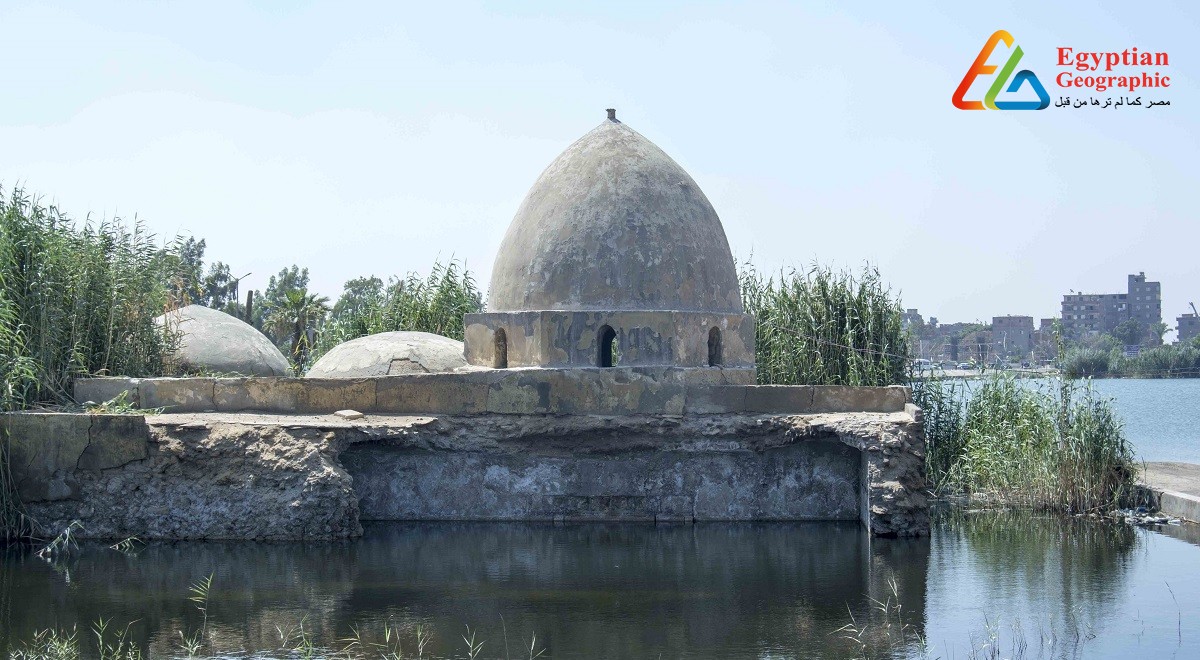







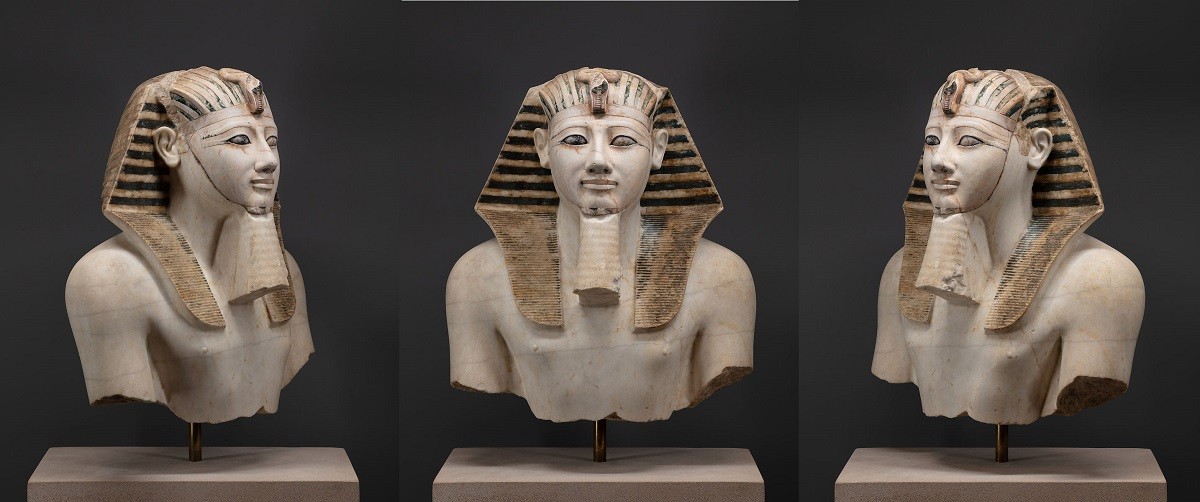




























Egyptian Site & magazine